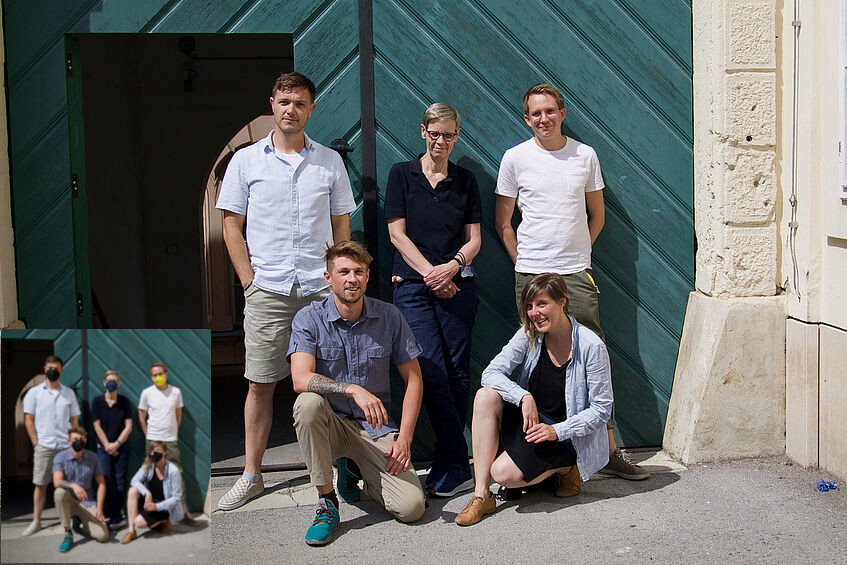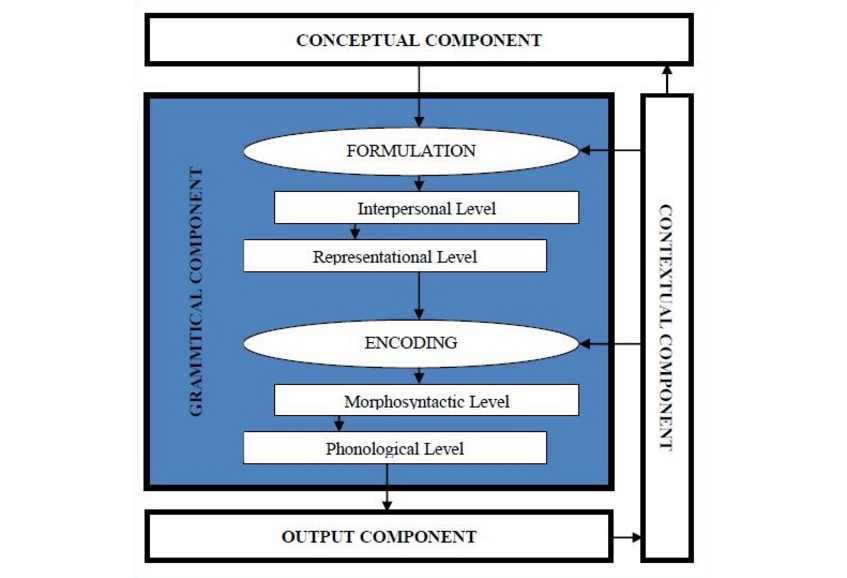Fun*Cog: Language, communication and cognition
Introduction | Fun* | *Cog | Current topics of interest | Methodology | Links | Team

Introduction
The research conducted by the members of the Fun*Cog group is situated at the intersection of two major approaches to the study of language, both of which emerged in the 1970s and 80s out of dissatisfaction with the then prevalent generative approach: functionalism and cognitive linguistics. Rather than focusing entirely on the form and structure of linguistic utterances, these two approaches preferred to regard linguistic form as the expression of something else: communicative intention (function) in the case of functionalism, patterns of thought (conceptualization) in the case of cognitive linguistics. However, despite this clear difference in focus between the two approaches, they are not incompatible: thus, although functionalists typically refrain from speculating on the cognitive processes underlying language use, it is not denied that such processes play a crucial role in verbal communication; likewise, although cognitive approaches focus on meaning as a cognitive phenomenon, the importance of language as means of communication is also acknowledged. Research within Fun*Cog is based on the assumption that the two approaches can indeed fruitfully supplement each other.
Fun*
Fun*Cog research is firmly rooted in the functional tradition, one of its main interests being the application and further development of the theory of Functional Discourse Grammar (Hengeveld and Mackenzie 2008), which emerged in the first decade of this century as the successor to Simon Dik’s Functional Grammar. Like all functionalist approaches, Functional Discourse Grammar (FDG) rests on the general underlying principle that language is first and foremost a form of social interaction in which all the various grammatical components (morphology, syntax, semantics and pragmatics) interact in the production and interpretation of linguistic utterances.
In addition, however, FGD has a number of distinctive features:
- FDG, as the grammatical component of a wider theory of verbal interaction, systematically interacts with a conceptual, a contextual and an output component.
- Within the grammatical component, linguistic utterances are analysed in terms of independent pragmatic, semantic, morphosyntactic and phonological modules, which interact to produce the appropriate linguistic forms.
- The model has a top-down organization starting with the speaker's intentions and ending with the articulation of the actual linguistic expression.
By adopting a top-down approach, FDG takes the functional approach to language to its logical extreme, with pragmatics governing semantics, pragmatics and semantics governing morphosyntax, and pragmatics, semantics and morphosyntax governing phonology (Hengeveld & Mackenzie 2008: 13).
The general lay-out of FDG

At the same time, however, FDG is very much a form-oriented theory of grammar in that it provides “an account of only those interpersonal and representational phenomena which are reflected in morphosyntactic or phonological form” of a particular language (Hengeveld & Mackenzie 2008: 38-39).
*Cog
However, in line with the growing interest in the cognitive processes behind language production and comprehension, our research also aims at linking both the form and the function of language to the way in which linguistic (or linguistically relevant) information is stored, organized and activated in the mind. One crucial question in this respect is how much of this information is to be regarded as part of the grammar of a language and how the grammar interacts with non-linguistic (conceptual, contextual) information. In order to shed more light on such matters, use is made of some of the concepts employed in cognitive linguistics, as well as those insights developed in cognitive approaches that are – in accordance with the underlying principles of FDG – systematically reflected in the form of linguistic utterances. In other words, although it is assumed that cognitive processes (e.g. conceptualization, categorization, activation, retrieval) and constraints (resulting in speaker- and/or hearer-oriented simplification) influence the form of linguistic utterances, only those processes will be considered which are explicitly coded in the grammar of a particular language.
Current topics of interest
- The English Noun Phrase:
- grammaticalization / lexicalization
- determination
- modification
- internal structure of specific NP constructions: partitive and pseudopartitive constructions, binominal constructions, appositions, thing-is / X-is constructions, sort/kind/type constructions
- Adverbial modification
- Constituent order
- Idiomatic expressions (and other semi-fixed constructions)
- Extra-clausal constituents
- Interfaces between different levels of analysis (discourse-pragmatics, semantics, morpho-syntax, prosody)
Methodology
Fun*Cog research is based on corpus data, both spoken and written, from a variety of sources. Its ultimate aim is to find a well-balanced combination of qualitative and quantitative research, supporting an in-depth analysis of individual utterances in their original context with up-to-date statistical methods. The principal object of study is always the English language, though other languages may be included for reasons of comparison.
Team
Fun*Cog Vienna:
Evelien Keizer
Felix Berner
Zlatan Kojadinović
Matthias Mittendorfer
Julia Skala
Fun*Cog Graz:
Gunther Kaltenböck
Elnora ten Wolde
Ozan Mustafa
